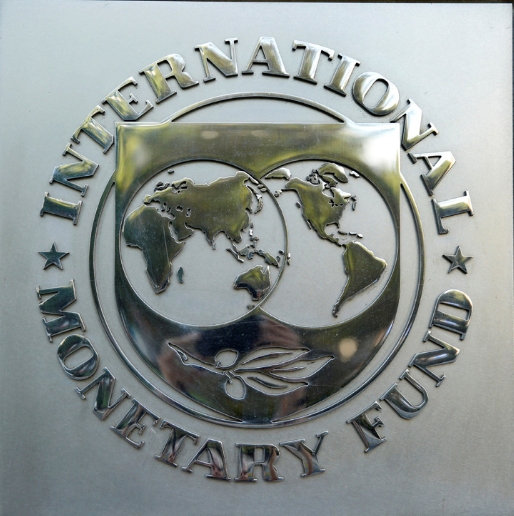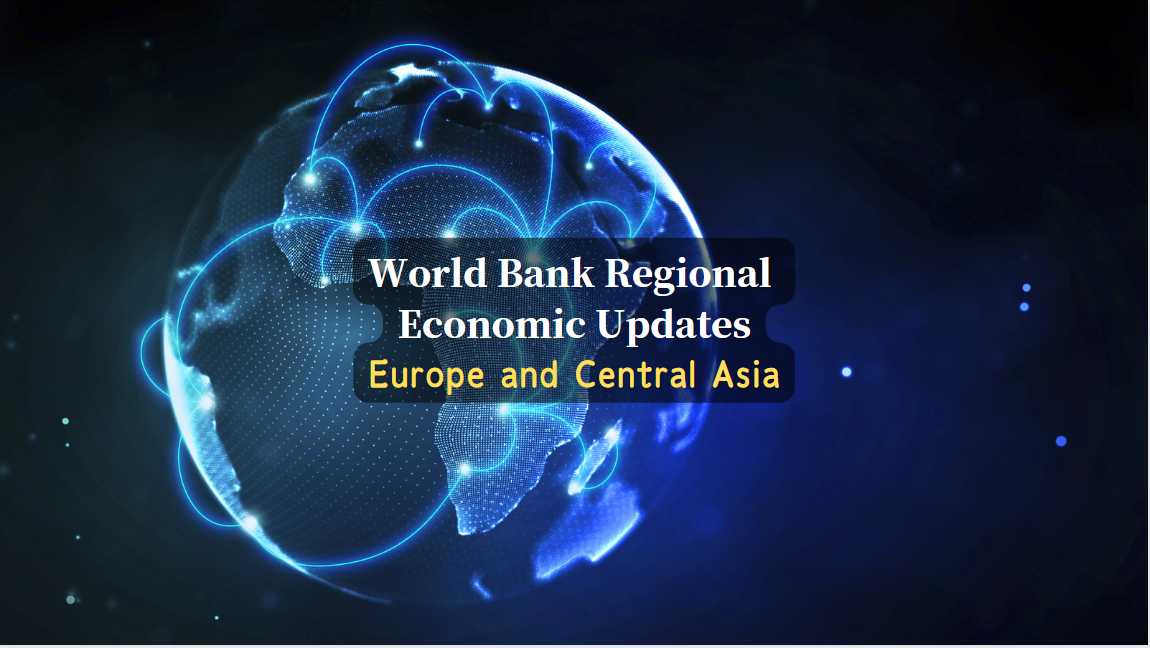IMF pins hopes on Asia amid dimming global economy

The IMF cut its growth forecast for Asia-Pacific to 4 percent this year and 4.3 percent next year amid an uncertain global environment, though Asia is still one of the most dynamic regions in the world.
The figures are down by 0.9 and 0.8 percentage points respectively, compared with the IMF's projections in April, according to the fund's newly released regional economic outlook. They are also well below the 5.5 percent average over the past two decades.
The IMF said growth in China, after a slowdown earlier this year, will recover modestly in the second half of the year and will rise further next year.
China's GDP increased 3.9 percent year-on-year in the third quarter of this year compared with 0.4 percent growth in the second quarter, according to the National Bureau of Statistics.
However, the region faces headwinds of global financial tightening."The Federal Reserve has become much more aggressive in tightening their monetary policy as US inflation remains stubbornly high,"Krishna Srinivasan, director of the IMF's Asia and Pacific Department, said. "This has translated into tighter financial conditions for Asia."
While inflation rose more modestly in Asia than in other regions last year, the sharp bout of volatility in global commodity markets since the Russia-Ukraine conflict began in February put additional pressure on Asia's headline inflation in the first half of this year.
According to the IMF's report, recovery for the Association of Southeast Asian Nations is seen as strong in 2022. Growth is projected at slightly more than 5 percent in Cambodia, Indonesia and Malaysia, and 6.5 percent in the Philippines. Vietnam is also expected to grow at 7 percent.
Myanmar is expected to begin a moderate recovery, with growth of 2 percent this year, but the outlook for Laos remains challenging due to elevated debt vulnerabilities and low reserves.
Further tightening of monetary policy is needed to ensure that inflation returns to target and inflation expectations remain well anchored as fiscal consolidation is needed to stabilize public debt and support the monetary policy stance, Srinivasan said.
"Asia is now the largest debtor in the world, and several countries are at high risk of debt distress," said Srinivasan, pointing out that Asia's share of global debt has increased from 25 percent before the COVID-19 pandemic to 38 percent now.
Emerging market and developing economies in Asia are expected to see the most scarring of any region in terms of long-term reduced output due to the pandemic.
"Asia risks losing a lot, because it is a key player in global supply chains," Srinivasan said. "In a fragmented world, it risks losing more than anybody else."
With the prospect of greater geo-economic fragmentation posing significant risk to the region, the IMF's report pointed to signs of fragmentation, with trade-related uncertainty spiking and countries imposing more trade restrictions in recent years.
Srinivasan said there is a need for international cooperation to roll back trade restrictions, reduce policy uncertainty, and promote open and stable trade to avoid the most harmful fragmentation scenarios, and to ensure that trade continues to act as an engine of growth.





















































First, please LoginComment After ~